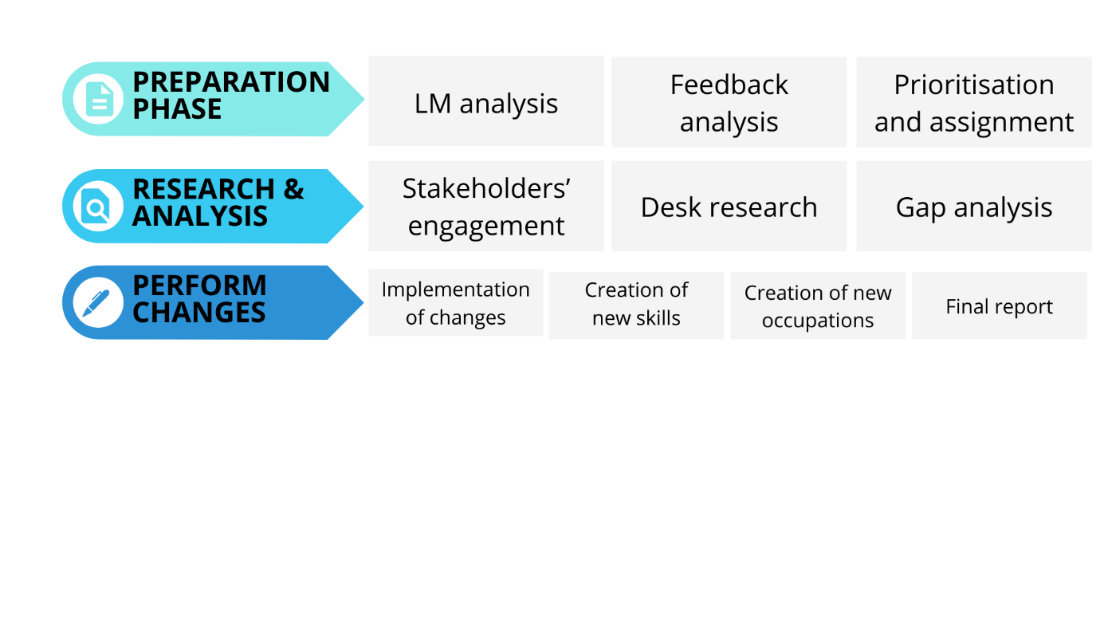The panorama of ESCO implementers is wide and diverse. It includes European institutions, large companies, SMEs, start-ups, research bodies, universities, vocational training institutes, public and private employment services.
ESCO’s concepts and the relations between them can be understood by electronic systems. This allows different systems and platforms to use ESCO to suggest the most relevant jobs to jobseekers on the basis of their skills or the most relevant trainings to people who want to reskill or upskill.
The three main use cases for ESCO implementation are:
-
Job matching and job searching ;
-
Career learning and development management;
-
Statistics and big data analysis of the labour market.
More information in this regard can be found at https://ec.europa.eu/esco/portal/howtouse/bfe2a816-f9dd-49df-a7d2-ec8fafcfce95
Examples of use cases can be found at https://ec.europa.eu/esco/portal/document/en/47b25dc1-145c-4f88-aa7c-fea929e47cf5

